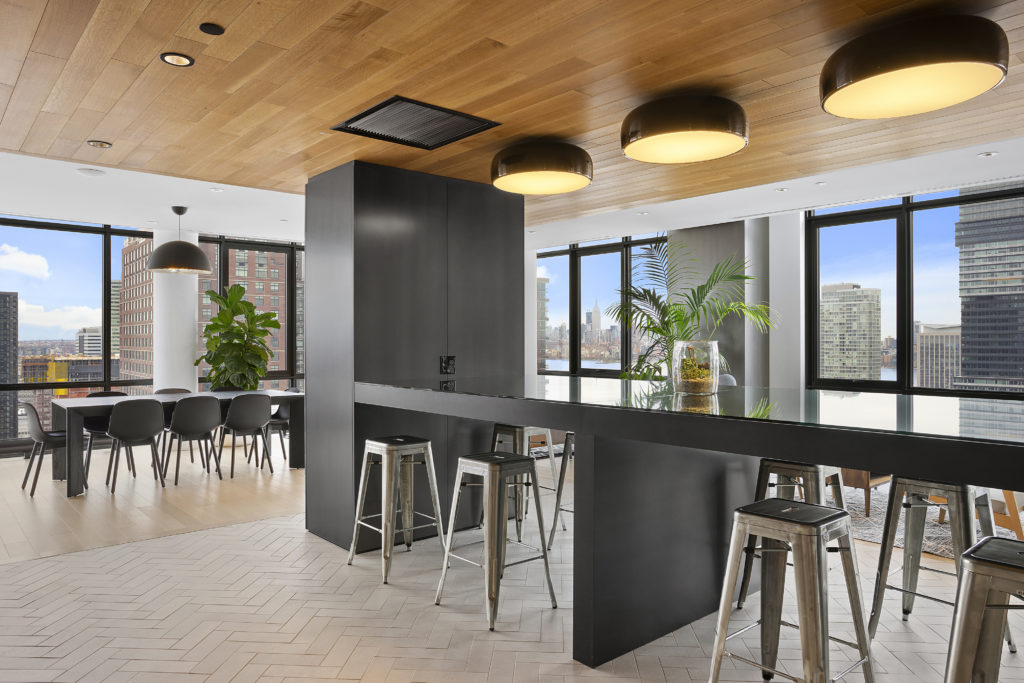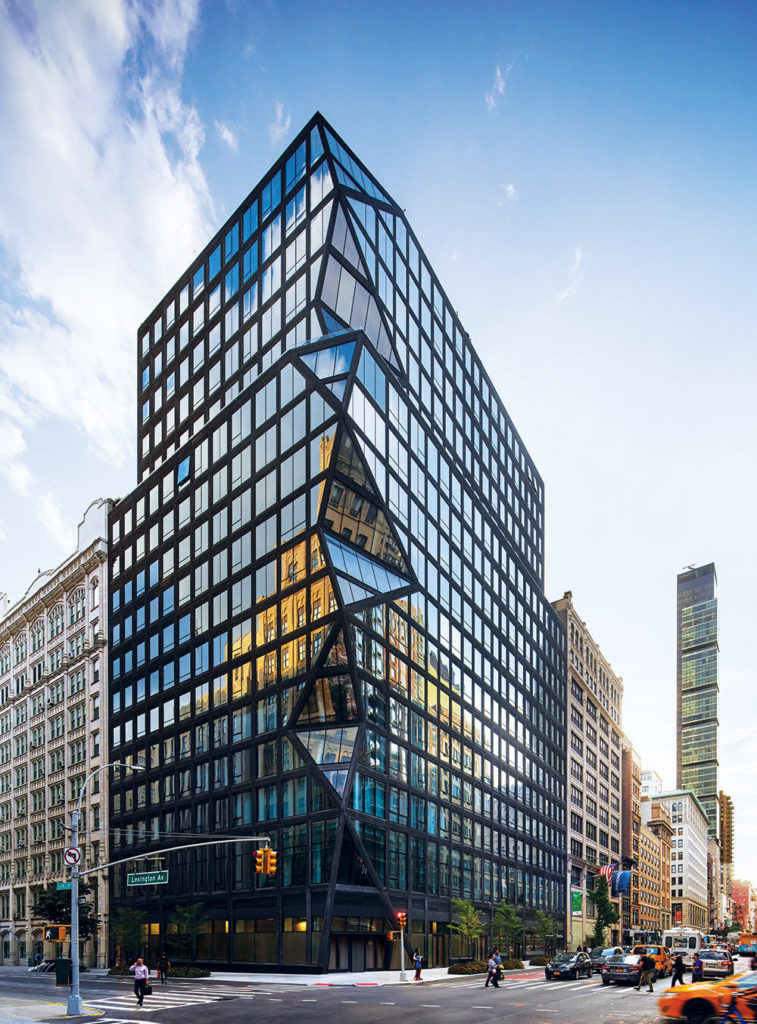COVID forcing developers to rethink the design of multifamily amenity spaces
December 9, 2020
For years, multifamily communities and their unique amenity spaces have been the best performing asset class among the major “food groups” of commercial real estate.
Tapping into Millennials’ preference for urban living, real estate developers have focused on densely populated markets like New York City. According to JLL’s Q2 2020 multifamily market report, places like the Outer Boroughs and nearby Hoboken and Jersey City are delivering tens of thousands of units between 2013-2020.
Absorption during the same period has been overwhelmingly positive, validating developers’ exuberance. Similar multifamily residential development trends are occurring in markets like DC/Northern Virginia, the Research Triangle & Triad in North Carolina, South Florida and Texas markets like Austin, Dallas, and Houston.
Multifamily Amenities as a Selling Point
The flight to cities caused land prices to soar in “core” markets. In order for new development deals to “pencil”, individual units in newer buildings in urban markets have gotten smaller. This fits more residents in buildings, and thus, generates more revenue.
Renters have endorsed these realities in the form of paying consistently increasing multifamily rental rates year after year. Multifamily housing owners need to attract tenants from the same pool of high wage earners to meet their proforma projections and deliver on their promises to investors.

Luxurious Multifamily Amenity Spaces
The competition between landlords for the best tenants has been a fierce battle that has manifested itself in the form of increasingly luxurious multifamily building amenities. This is now shifting to safer multifamily housing designs.
Whereas earlier vintage multifamily spaces like apartment buildings offered perhaps a club room, newer multifamily designs boast features like virtual golf simulators, children’s playrooms, theater rooms, high end billiards and shuffleboard tables, “test” kitchens for group cooking classes and artwork & sculptures commissioned from all over the globe.
Swimming pools are common in many multifamily amenity spaces. Some are located on the roofs of architectural step-backs. Others, like the 2020 Interior Design Magazine NYCxDESIGN multifamily award winner, are indoors. (This Toll Brothers development can be found at 121 East 22nd Street)

COVID-19 Changes the Multifamily Amenity Space Landscape
COVID-19 has changed the way we are able to interact with one another.
Whether temporary or not, a significant portion of the American workforce has been logging in remotely. This is evidenced by the low physical occupancy numbers cited in a recent Wall Street Journal article.
Real estate owners are reimagining square footage in multifamily buildings, modifying spaces previously dedicated to luxury amenities to accommodate work-from-home requirements and social distancing.
According to a September article in the New York Times, multifamily design trends include more emphasis on outdoor amenity areas.
Designers are also creating more flexible interior floorplans. Using pocket doors and modular furniture, they have created spaces that can be rearranged for multiple uses.
Dedicated coworking spaces with partitions and dividers cater to residents working from home. These spaces attract residents needing a productive workspace outside their living quarters.
Suburban Multifamily Amenity Spaces See Similar Trends
Properties located in secondary or more suburban markets should reap the benefits of post-COVID-19 realities. Renters are leaving densely populated cities for more suburban locations.
NJ.com reported in August 2020 that single family home values in many New Jersey markets are “soaring”. New Jersey Realtors President, Angela Sicoli adds that many homes are selling for “thousands and thousands of dollars” above their asking price.
Multifamily amenity space specialists, Farrell Flynne, suggest that the amenitization trend in multifamily will continue in secondary markets to appeal to potential renters leaving their smaller and more costly pads behind.
Add a comment
0 Comments